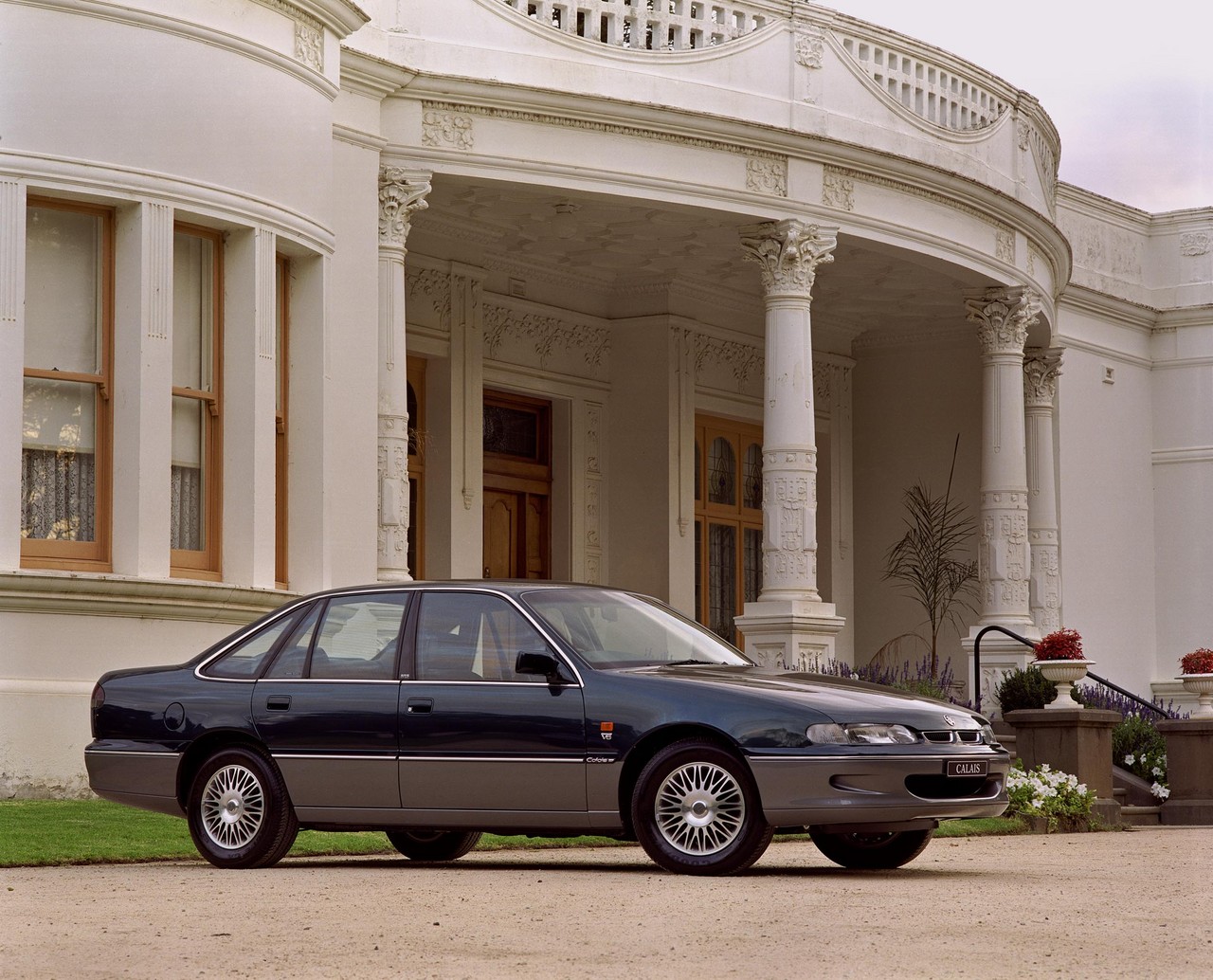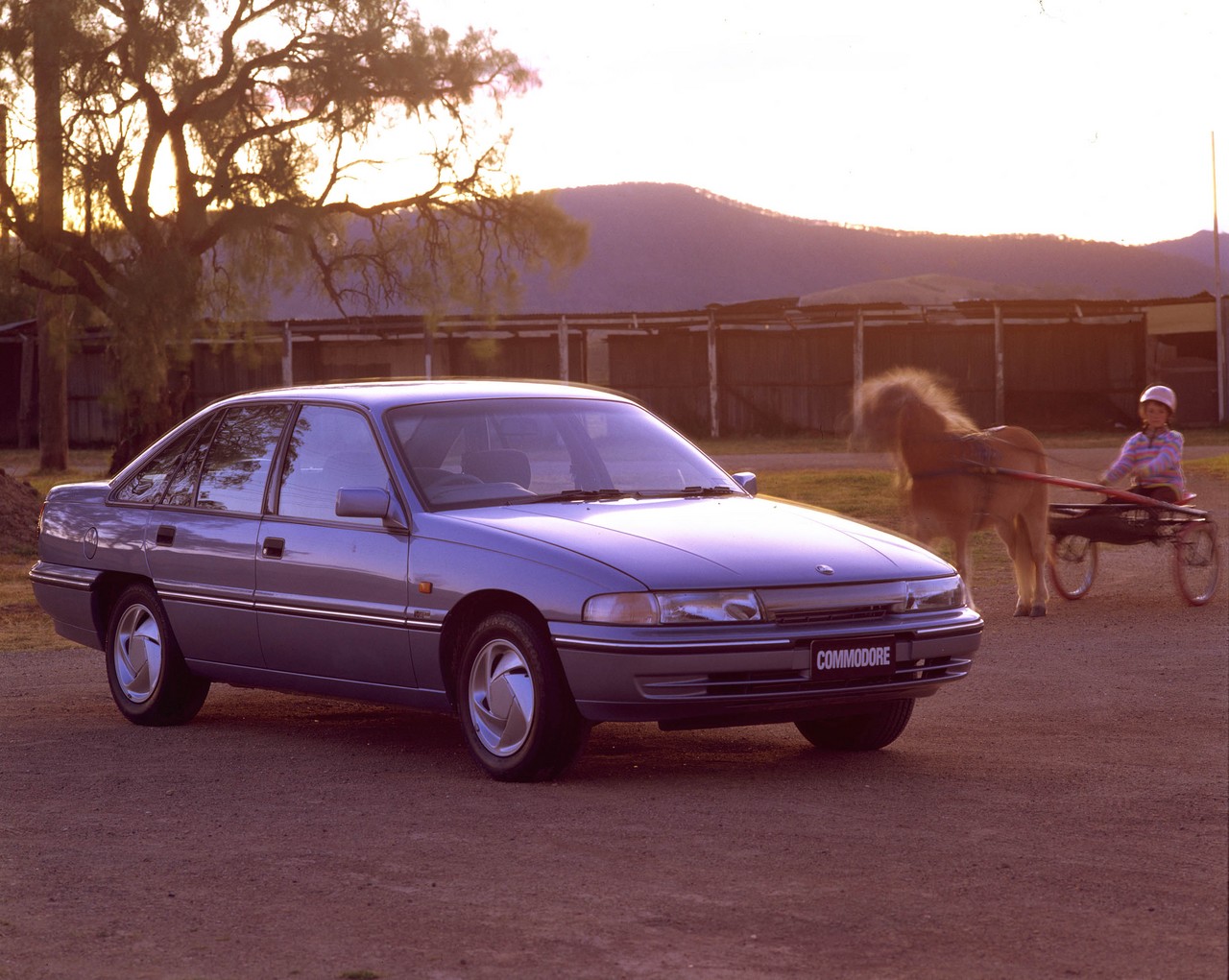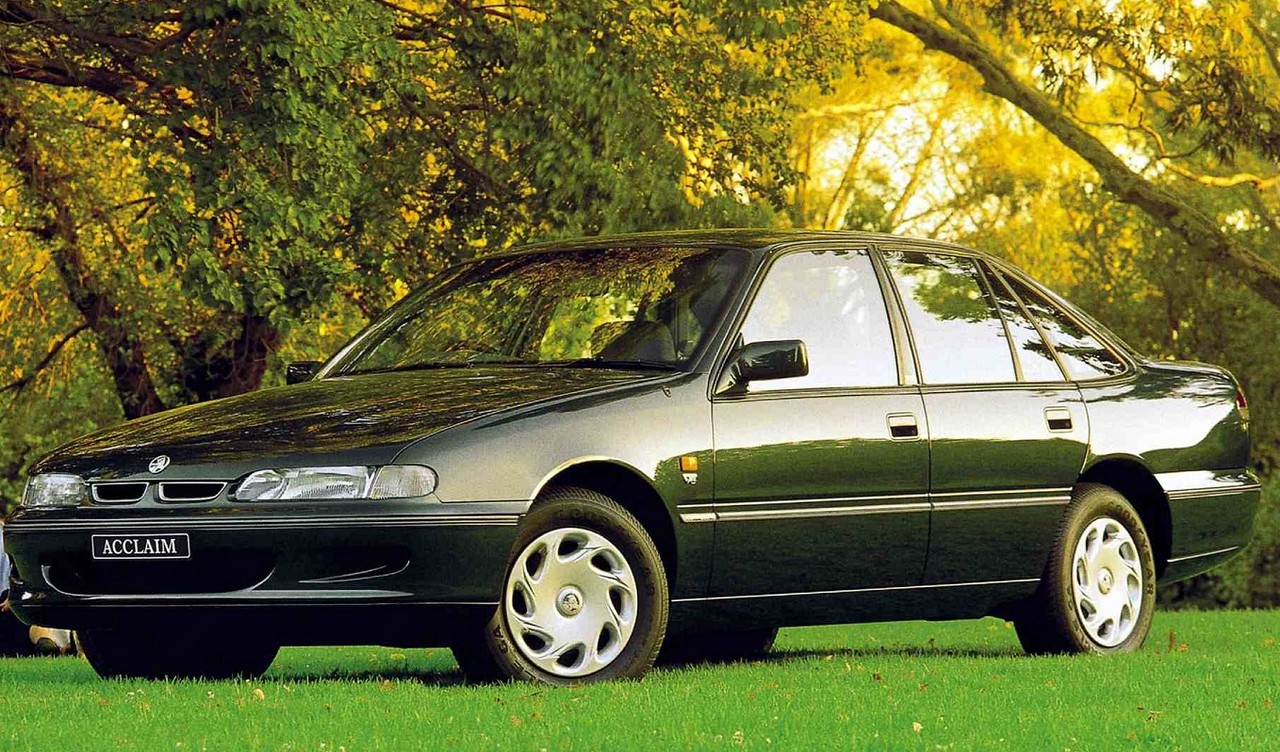Introduction The Holden LF1 and LFW were 3.0-litre direct-injection V6 engines that were manufactured in Port Melbourne, Australia. Released in September 2009, the LF1 was a petrol engine that was replaced by the E85-compatible LFW engine in September 2010 (coinciding with the release of Holden’s VE.II and WM.II model ranges). Developed by GM Powertrain, the […]
Category: Engines
Holden L67 supercharged V6 engine (1996-2004)
Introduction The L67 was a supercharged 3.8-litre pushrod V6 petrol engine that was available in Holden vehicles from 1996 to 2004. Developed by GM, the L67 engine was based on the naturally aspirated L36 but had several significant differences. L67 block and internals The L67 engine had the same cast iron block with cross-bolted main […]
Holden L76 and L77 ‘Generation IV’ V8 engines (2006-17)
Introduction The L76 and L77 were 6.0-litre pushrod V8 petrol engines that were produced by General Motors at its Silao, Mexico, plant. The L76 engine had cylinder deactivation technology (GM’s Active Fuel Management’, or AFM), though the AFM system was not enabled when the L76 was first introduced in the Holden VZ and WL model […]
Holden L27 ‘3800’ V6 engine (1990-95)
Introduction The L27 was a 3.8-litre pushrod V6 engine that was introduced in November 1990. Manufactured in Port Melbourne, Victoria, the L27 was an evolution of the LN3 engine and retained the key features of its predecessor. As such, it had 90-degree ‘V’ cylinder banks, 96.5 mm bores and an 86.3 mm stroke for a […]
Holden L36 ECOTEC V6 engine (1995-2004)
Introduction The L36 was a 3.8-litre pushrod V6 petrol engine that was used in Holden vehicles from 1995 to 2004. Although the L36 ‘ECOTEC’ engine retained the 90-degree ‘V’ cylinder banks, 96.5 mm bores, 86.3 mm stroke and 3791 cc capacity of its LN3 predecessor, the L36 engine was a significant redesign and the changes […]
Holden and HSV LS1 ‘Generation III’ V8 engine (1999-06)
Introduction The LS1 or ‘Generation III’ was a 5.7-litre pushrod V8 petrol engine with all-aluminium construction that was produced by General Motors (GM) and available in Holden and HSV vehicles from 1999 to 2006. With its 99.0 mm bores and 92.0 mm stroke, the LS1 engine had a capacity of 5665 cc (345.69 cubic inches). […]
VW Mk.7 Golf R: CJXC/CJXB engine (EA888 Gen 3)
Introduction The VW Mk.7 Golf R was powered by Volkswagen’s CJXB and CJXC engines; these 2.0-litre turbocharged petrol engines were members of Volkswagen’s EA888 Gen 3 engine family. Compared to the CCHA/CHHB engines in the Volkswagen Mk.7 Golf GTi, changes for the CJXB/CJXC engines in the Mk.7 Golf R included: A different alloy for the […]
VW Mk.6 Golf R: CDLC/CDLF EA113 engine
Introduction The Volkswagen Mk.6 Golf R was powered by 2.0-litre turbocharged petrol engines (codes: CDLF and CDLC) that were members of Volkswagen’s EA113 engine family. Compared to the 2.0 TFSI engine in the Volkswagen Mk.5 Golf GTi (engine codes: AXX, BWA, BPY and CAWB), changes for the Mk.6 Golf R’s CDLF and CDLC engines included: […]
VW Mk.5 Golf R32: BDB/BMJ/BUB/CBRA EA390 engine
Introduction TheVolkswagen Mk.5 Golf R32 was powered by a 3.2-litre VR6 petrol engine (codes: BDB, BMJ, BUB and CBRA) which was a member of Volkswagen’s EA390 engine family. Key features of the Golf R32’s engine included its: Grey cast iron block; Die-forged steel crankshaft which operated on seven main bearings; 15 degree ‘V’ angle between […]
VW Mk.6 Golf GTi: CCZB EA888 engine
Introduction The Volkswagen Mk.6 Golf GTi was powered by a 2.0-litre turbocharged petrol engine that was a member of Volkswagen’s EA888 Gen 1 engine family (code: CCZB). Key features of the Mk.6 Golf GTi’s CCZB engine included its: Cast iron block; Aluminium alloy cylinder head; Double overhead camshafts driven by gear chains; Four valves per […]







